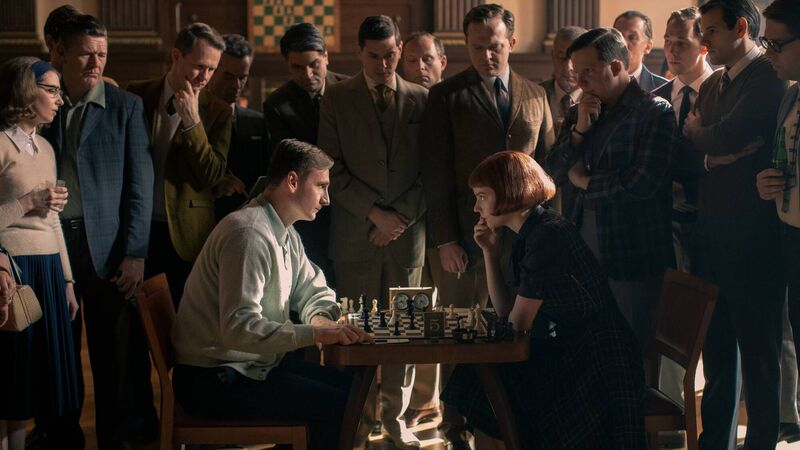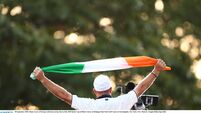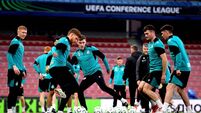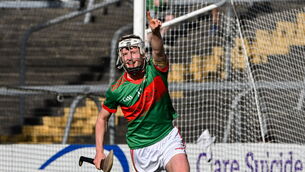Michael Moynihan: Chess the game that lives forever

The success of The Queen’s Gambit, which focuses on a chess prodigy, has brought the great old board game back into the limelight
I haven’t seen The Queen’s Gambit on Netflix yet myself, so please don’t spoil it for me. There could be a couple of long, cold evenings over the Christmas to fill: if there’s a twist, keep it to yourself a while longer.
All art aspires to the state of music, they say. Does all sport aspire to the state of chess?
It would take a particularly leather-necked inquisitor to pose those questions during Christmas week, when the calendar is finally clear of senior inter county action. But don’t worry, I will if I have to.
Sight unseen, I can’t wait to see this one, particularly as I’m told it tells the stories of those who were employed there with both oral testimony and new archival research.
- Happy retirement to Anthony Nash, who tweeted yesterday that he is to "step behind the line", to use an old expression. The Kanturk man had a long career with many highlights, but this reporter can't help but recall the poor treatment he received from the GAA authorities when his free-taking technique came under scrutiny around 2013-4. Still, onwards and all that.









